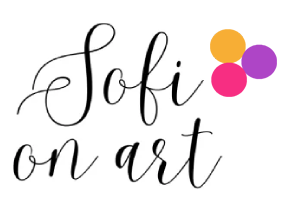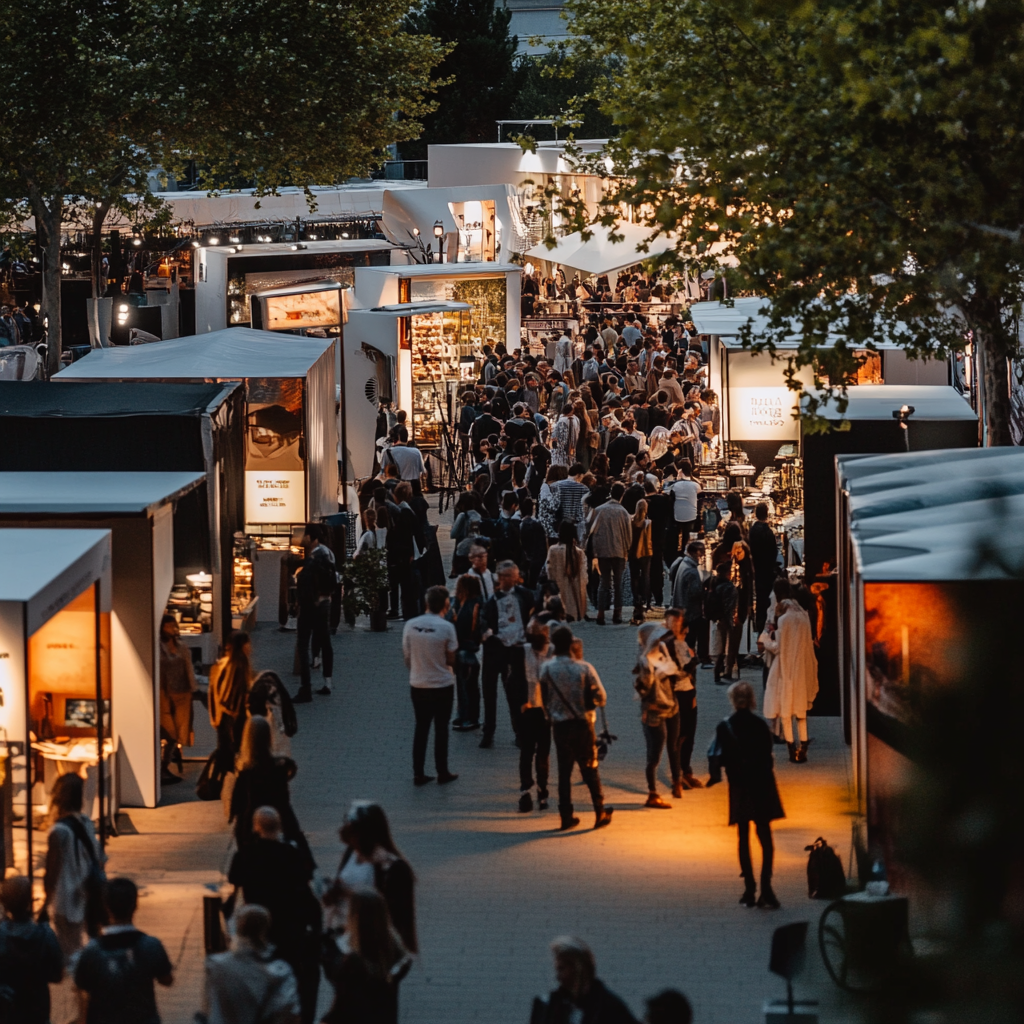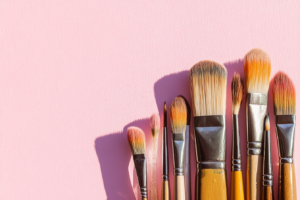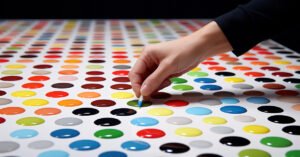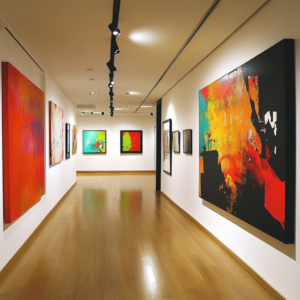If you’re like me, passionate about painting but also mindful of your budget, you’re in the right place. I’ve put together 19+2 tips to help you save money as artist. (Also, don’t miss my comprehensive post about acrylic vs oil paints and how to get started with acrylics, in case you’re new here!)
Table of Contents
ToggleThese budgeting ideas are beneficial for all types of artists. So, let’s dive in and see how we can keep creating art without breaking the bank.
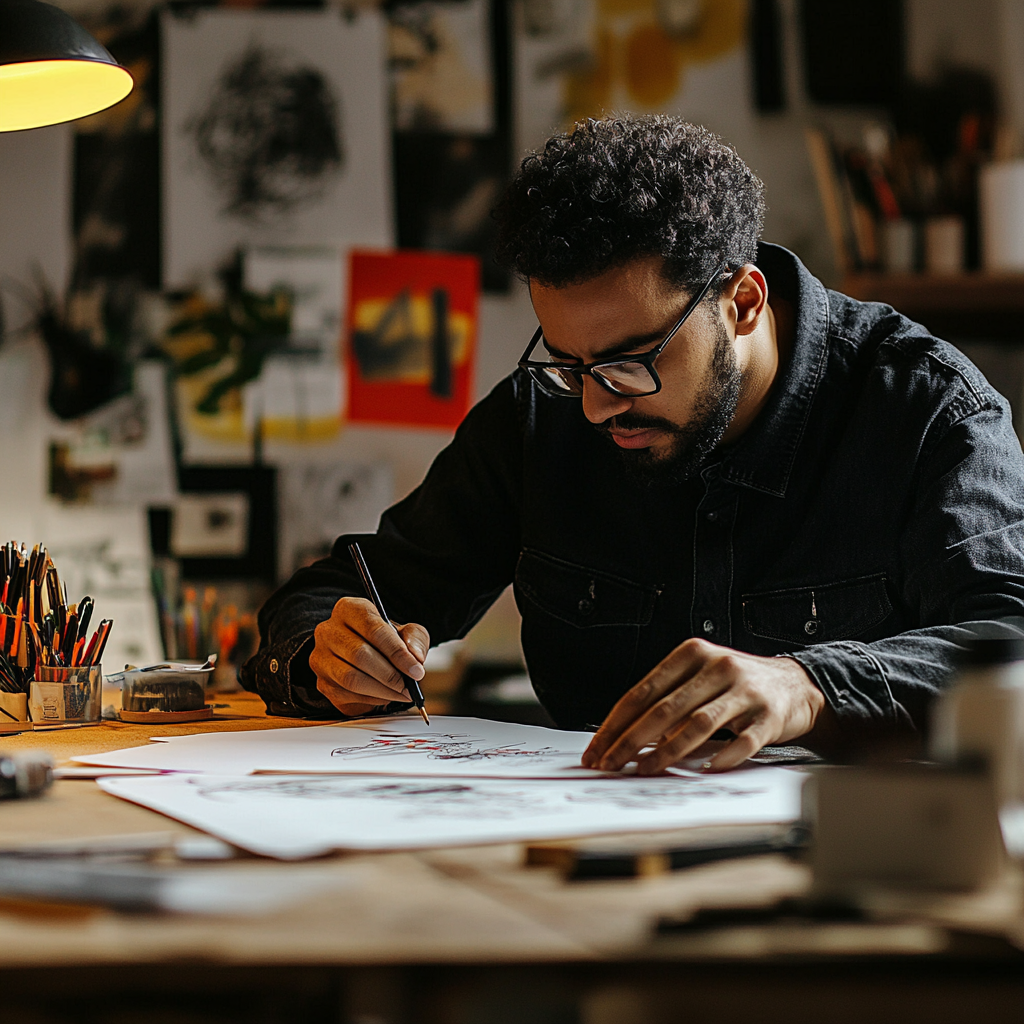
Save Money with Budgeting
Plan and Prioritize Your Art Projects: You don’t need to buy everything at once. Focus on what’s essential for your current project. If you’re painting a seascape, prioritize blues and greens over warmer tones. Assess the materials needed before purchasing to avoid unnecessary expenses and waste.
Define a clear spending limit for each project—$50, for example. Track every purchase, from brushes to paints, and prioritize essentials like quality pigments. Skip non-essential luxury items, such as a gold leaf kit, if they’re not immediately needed. This keeps costs under control without sacrificing quality.
Use Coupons or Promotional Codes to Save Money as an Artist: Look for discounts in art magazines, newsletters, and supply websites. A 20% off coupon or free shipping code can cut costs significantly. Join online artist communities to find exclusive deals and shared promo codes. Staying informed helps you save on essentials like acrylics, making your budget go further. I’ve found several websites that specialize in art supply discounts, such as this, this, and this (just to name a few).
Plan for Long-Term Investments: Allocate part of your budget to high-quality tools that last. Instead of frequently replacing cheap brushes that shed bristles, invest in durable synthetic brushes that hold paint well. While the upfront cost is higher, their longevity reduces long-term expenses and improves your painting experience.
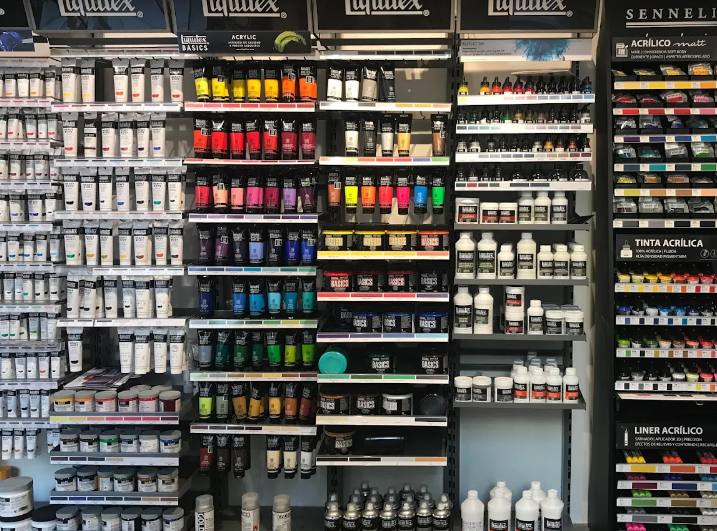
Shopping Strategies for Artists
Research and Compare Prices from Different Suppliers: Check multiple suppliers before purchasing. A 200ml tube of titanium white oil paint might cost $15 in a local store, $12 online, or $10 on a larger e-commerce platform during a sale. A simple comparison can save $5 per tube, adding up over time.
Take Advantage of Sales and Discounts: Look for seasonal sales, clearance events, and special promotions. Sign up for art supply store newsletters to access exclusive discounts. Back-to-school sales in late summer, Black Friday deals in November, and post-holiday clearances in December offer significant savings on art materials.
Consider Buying in Bulk to Save Money as an Artist: Stock up on frequently used supplies like white acrylic paint by choosing larger containers instead of multiple small tubes. Buying in bulk reduces costs over time. Team up with other artists to split orders of high-quality canvases or materials. For example, a $200 pack of 20 canvases split among four artists brings the cost down to $50 per person, making it more affordable without overstocking your studio.
Explore Alternative Brands or Student-Grade Supplies: To start with, opt for rather cheap acrylic paints and lesser-known brands, which can be more affordable yet still offer good quality.
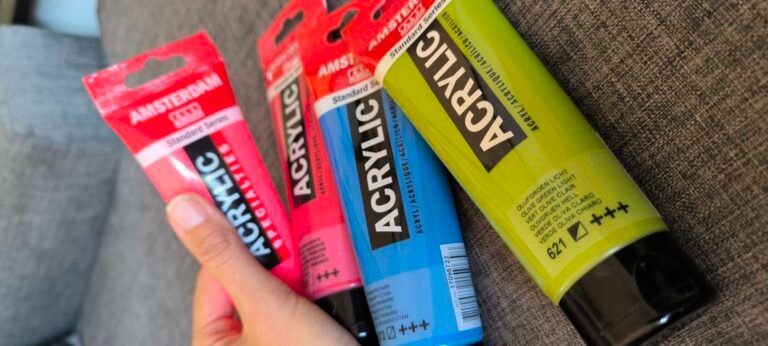
Partner with Local Businesses for Supplies: Collaborate with local businesses for supplies, like off-cuts from carpenters or excess vinyl sheets from printing companies.
Here are a few more ideas for partnering with local businesses for art supplies:
Contact Local Printers: Local printing companies often have misprints or end-of-roll paper that can be perfect for sketching, painting, or mixed media art. You might get these at a very low cost or even for free.
Collaborate with Florists: Florists sometimes have interesting, visually appealing materials like textured papers, ribbons, and even dried flowers that can be incorporated into art projects.
- Explore Collaborations with Textile Businesses: Fabric off-cuts, threads, and other textile materials can be excellent for textile art or to add texture to your paintings.
Look for Art Materials That Can Be Used in Both Acrylic and Oil Painting: Seek out mediums and pigments that are compatible with both acrylics and oils for shared usage across projects. For instance:
Gesso: A common primer used to prepare canvases and surfaces. It’s compatible with both oil and acrylic paints, making it an essential and versatile base layer.
Mixed Media Paper or Canvas: High-quality mixed media paper or canvases are designed to handle both oil and acrylic, providing flexibility and durability for both mediums.
Palette Knives: These are great for mixing paints and applying textures. Since they don’t interact with the paint chemically, they can be used interchangeably with oils and acrylics.
Varnishes: Certain varnishes are formulated to be compatible with both oil and acrylic paintings. They protect the finished work and give it a uniform finish.
Pigments: Pure pigments can be mixed with different binders to create either oil or acrylic paints. Buying pigments in bulk and mixing your own paints can be a cost-effective and versatile approach. Related: check out my list of common colors and their pigment numbers here.
Brushes: High-quality synthetic brushes can be used with both acrylic and oil paints. However, it’s crucial to clean them thoroughly after each use to maintain their condition.
Mediums for Texture and Body: Some mediums, like modeling paste or gel mediums, can work with both types of paint to add texture or volume.
Tool and Material Management to Save Money as Artist
Invest in Versatile Tools to Save Money on Art Tools: Opt for synthetic brushes that are suitable for both acrylics and oils, and choose palette knives that can be used for multiple techniques. This approach not only helps save money as an artist but also reduces the need to buy separate tools for different mediums. By selecting tools like these, which can handle a variety of tasks, you can work efficiently while keeping your tool expenses low.
Reuse and Repurpose Old Art Supplies: Paint over old artworks with gesso to reuse canvases and melt down small bits of dried paints to create new colors.
Exchange Skills and Supplies with Other Artists: Barter skills for surplus supplies and organize supply swap meets to trade unused items.
Innovative and Alternative Practices
Utilize Everyday Household Items: Use items like sponges, toothbrushes, or kitchen foil as tools for creating unique textures and effects.
Make Your Own Mediums and Grounds: Create mediums with household items and prepare canvases with homemade gesso.
Use Natural Materials to Cut Costs: Collect leaves, twigs, or soil from your surroundings to create unique textures and pigments. For example, grind different colored soils or clays to make natural earth tones. Spices like turmeric (yellow) or paprika (red) can add vibrant hues. This approach personalizes your work, reduces material costs, and encourages sustainable experimentation with new textures and colors.
Implement Energy-Efficient Practices: Paint during daylight to reduce electricity usage and use energy-efficient LED bulbs in your workspace.
Community and Skill Development

Use Coupons or Promotional Codes When Available: Engage with artist communities to learn about and share promo codes and deals.
Exchange Skills and Supplies to Save Money as an Artist: Collaborate with other artists to trade skills and materials. If you build sturdy canvas frames and another artist excels at mixing custom paint colors, barter—offer a frame in exchange for a unique color palette. This fosters community while reducing material costs.
Here are some of the best online art communities for skill and supply exchanges:
DeviantArt: A well-established platform with millions of users, offering a vast range of artwork in various mediums. It’s great for joining groups, participating in challenges, and receiving critiques from fellow artists.
ArtStation: Focused on professional artists and the entertainment industry, ArtStation showcases concept art, 3D models, illustrations, and digital paintings. It’s also a platform for building portfolios and discovering job opportunities.
Doodle Addicts: A unique community where artists celebrate the joy of doodling. It’s a place for sharing playful and imaginative creations and is welcoming to artists of all skill levels.
Reddit Art Communities: Subreddits like r/Art, r/DigitalArt, r/LearnArt, and r/ArtCrit offer spaces for sharing artwork, critiques, feedback, and discussion on various art mediums and practices.
Discord Art Communities: Servers like Art Club and Learning to Draw on Discord provide real-time communication, daily art prompts, creative challenges, and opportunities for feedback and critiques.
Educate Yourself with Free Online Resources: Utilize free online tutorials, courses, forums, and social media groups for learning and community support.
Space and Environment Optimization
Opt for Multi-Purpose Workspaces to Save Money as an Artist: Choose a painting space that can also serve other functions, utilizing dual-purpose furniture to cut down on the costs of specialized art furniture. Instead of a separate art studio, you might use a section of your bedroom or living room for painting.
For instance, a foldable desk can double as both a study table and a painting workspace. When it’s not being used for art, it can be easily folded away or used for other tasks like reading or working on your laptop. This method not only saves space but also helps save money on art supply expenses by reducing the need for dedicated art furniture. It’s an efficient solution for artists working in smaller spaces or with limited budgets.
To sum up, use these tips to save money as an artist. Focus on what’s essential: spend wisely, choose affordable materials, and manage resources efficiently. Even if you take away just one or two new ideas from this list, you can reduce costs and make your budget go further. This approach helps you save without compromising quality. Stay creative, spend smart.
